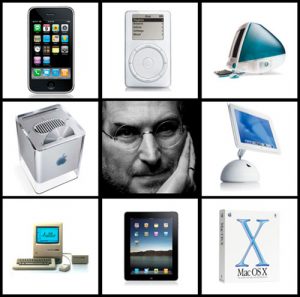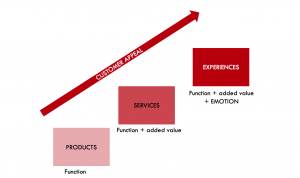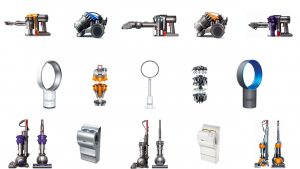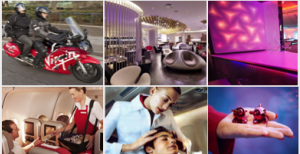The power of ‘brand-led’ design
Post by Prasad Narasimhan, Managing Partner based in Bangalore.
Design and branding are two disciplines that are core to how brands appeal to consumers. However, the two are often seem to be conceived and practised in almost splendid isolation, based on our experience in industries as diverse as CPG, automobiles, telecoms, entertainment and fashion: design is run by designers, whereas branding is usually led by marketers; design is still seen as a craft, but marketing is coming under an increasing performance lens; and designers tend to think product-out, while marketers swear by a consumer-in approach.
In our view, such artificial differences between design and brand strategy are not just unnecessary, they are also the source of costly dysfunctions.
So, how can we create a more unified way of seeing these two disciplines?
‘Brand-led Design’
Many great leaders intuitively use the brand idea to navigate both marketing and design, with Steve Jobs and Apple being a famous example. We believe it’s time this intuitive connect is recognized more explicitly by businesses, in what we call ‘Brand-led Design’.

Brand-led design tells a single story that engages and evolves and over time, creating the ‘fresh consistency’ needed to build memorable and distinctive brands. In this way, design acts as the silent ambassador of a brand, whilst marketing works as the vocal ambassador of design.
It is useful to consider the idea of brand-led design at three levels: product, service and experience brands. Let’s look at an example of each, to see how the notion of Brand-led Design plays out.

Product level: Dyson
For a brand that famously says it bans the use of the ‘B word’ at work, Dyson is an extremely coherent brand. Based on its core idea of ‘Making things work better’, Dyson has created a series of design-led innovations that are remarkably consistent even as they are fresh. Each product, be it vacuum cleaners, hair dryers or blade-less fans, boldly reinvents the category it occupies, inspired by the core brand idea. The distinctive visual grammar of the intent, aesthetics, design and language is unmistakably Dyson.

Service level: Virgin Atlantic
Born a maverick, Virgin Atlantic has redefined airline service like no one else. And all in line with their brand idea, amplified by the tagline “Flying in the face of the ordinary”. They have studded their consumer journey with a series of remarkable ‘service signatures’ that are anything but ordinary. From bike chauffeurs to lounge spas, mood lighting onboard, popcorn with films, massages on board and ‘stainless steal’ cutlery they urge users to take home, Virgin has ‘baked’ the brand into every aspect of its service design. So well that no one has been able to copy them.

Experience level: Curves
Curves gyms are exclusively created for and run by women, championing a massive fitness movement with the lofty aim of “Saving the world’s women from obesity”. Every part of the core Curves service is intuitively designed around the brand idea of “live stronger, together” – be it the circular layout of the exercise stations for group sessions, female instructors, absence of mirrors, lack of ‘serious’ machines, 30 minute fitness circuits, personalized fitness tech, nutritional support or their thriving local communities. They urge women to come in as friends, gossip through their routine, and leave stronger for their relationships.
But the brand goes beyond just gyms to provide a total brand-led experience. For example, the members’ portal offers a variety of services that allow women to track workouts & nutrition, create personalized meal plans, build weekly shopping lists, get community access and track personal progress.

In Summary
Branding and design should be two sides of the same coin: one can’t thrive without the other. The more we learn to see design through the lens of the brand (Brand-led Design thinking), the fresher & more consistent our brand will be in the market. Equally, this also needs us to look at branding as being more than just marketing and communication alone, but rather the very spirit of what we’re selling.

